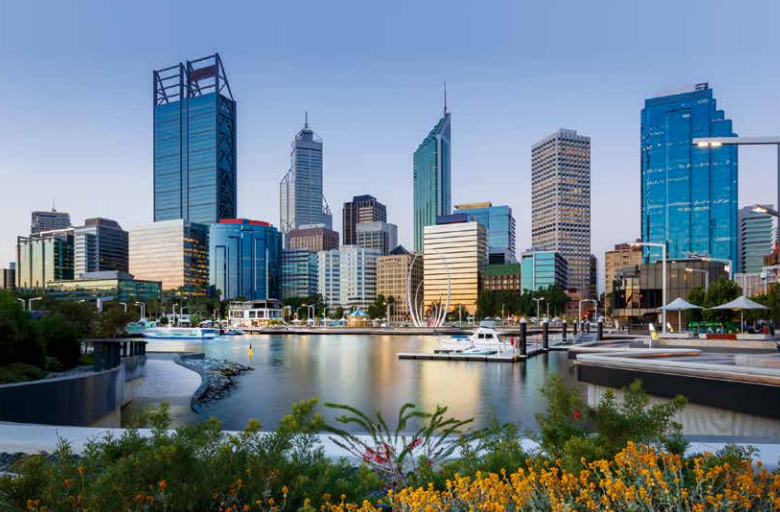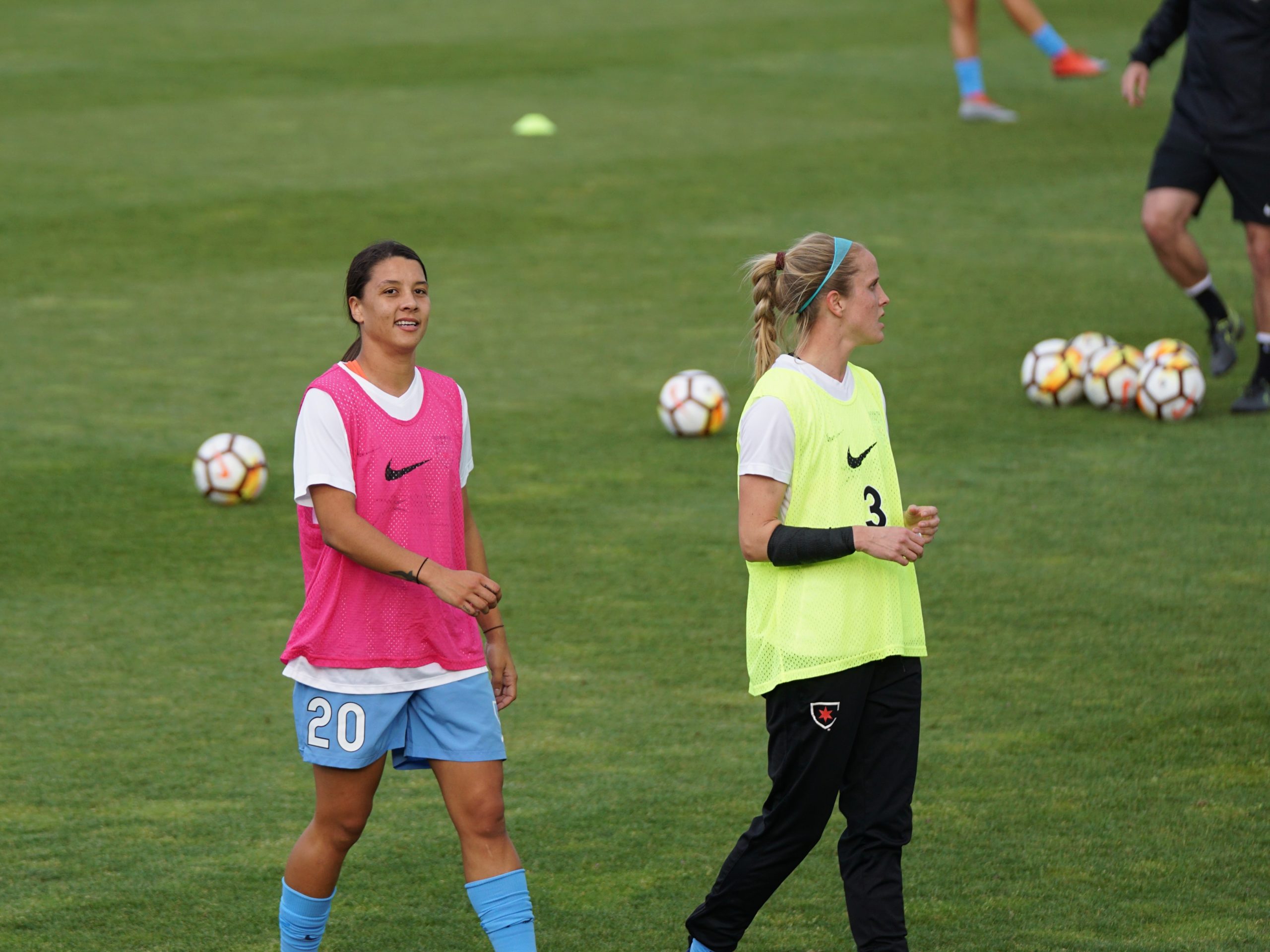Waterwise Perth venue part of 2023 FIFA Women’s World Cup
The WA Government and the Australian Government have each committed $16.25 million to develop a $32.5 million State Football (soccer) Centre at Queens Park Open Space in the City of Canning. This site provides an opportunity to invest in and showcase water sensitive water sensitive design to an international audience, and reinforces Perth’s position as a leading waterwise city.

The State Football Centre (SFC) will be a centre-of-excellence for Australia and the Indian Ocean rim and include training facilities and pitches to support junior and high performance development as well as grassroots, community football programs.
Following the recent announcement of Australia and New Zealand's successful bid for the 2023 FIFA Women's World Cup, the SFC will now also serve as a training space for World Cup activities played in Western Australia.
In conjunction with the development of the SFC, the City of Canning and the Department of Local Government, Sport and Cultural Industries (DLGSC) are developing a masterplan for the area surrounding the Centre which will enhance the remainder of the Queens Park Open Space (QPOS).
QPOS is a large open space renewal project that will accommodate the SFC, natural vegetation areas and bushland and open spaces for the local community of Canning to enjoy. To meet the needs of local residents, visiting community sports clubs and high performance sports teams, the site must provide a variety of high quality environments, and water security will be paramount to ensuring this outcome.
DLGSC and the City of Canning saw an opportunity for QPOS to reflect the objectives of the Western Australian Government’s Waterwise Perth Action Plan. It can complement the Riverine City revitalisation of the City Centre, which is an existing initiative of the City of Canning closer to the Canning River. Together, these redevelopments can become a template for the broader redevelopment of the area and give the community a tangible vision for what their future, waterwise suburb could look like.
The DLGSC and the City of Canning engaged the Water Sensitive Cities Institute to develop a research synthesis discussion paper for QPOS.
To develop this discussion paper, the Institute facilitated a stakeholder design workshop in February 2020. Participants from Football West, City of Canning, DLGSC, the Water Corporation and the Departments of Water and Environmental Regulation, and Biodiversity and Conservation and Attractions helped to identify the water issues for the QPOS and the SFC and to shape ideas in response to the issues presented.
Subject matter experts from Josh Byrne and Associates, Urbaqua, SA Water, SportEng and consultants from Carabiner Architecture, Emerge Associates, CLE Town Planning and Design and Cardno also joined the workshop to provide expert advice.
The ideas identified in the report are now being further developed and considered for inclusion in the next stages of QPOS’ development and the development of the SFC.

Six focus areas and 20 key ideas
There are six distinct focus areas for making the SFC and QPOS waterwise, and from them flow 20 ideas. The six focus areas are:
- Water supply and water efficiency
- Waterwise landscape
- Connect with the city centre
- Engage the community
- Connect bushland areas
- Built form.
Examples of the 20 ideas include:
- Wicking beds – The high performance playing fields at the SFC can use wicking bed technology to water the turf. Wicking bed technology creates a perched water table in a sand layer, over a granular material that holds water.
- Portfolio of water sources – The SFC could irrigate from a variety of different sources to move away from sole reliance on groundwater.
- QPOS as an urban forest demonstration – The site’s high visitation numbers make it an ideal demonstration site for the cooling benefits of urban forest and other waterwise approaches, including walkability.
- Highlight local stories – There are many stories that can be told through a water lens related to Indigenous history and cultural values, cooling and biodiversity benefits, and sporting history.
- Bushland corridors – The site has potential threatened ecological communities to protect, but some areas are degraded. In addition to enhancing these bushland areas, the redevelopment can connect these patches by establishing new bushland corridors and linkages across the site. This will enable species migration and promote healthy ecosystems.
These are all exciting developments for a Waterwise Perth. If you’d like more information, please contact Jamie Ewert (jamie.ewert@monash.edu).